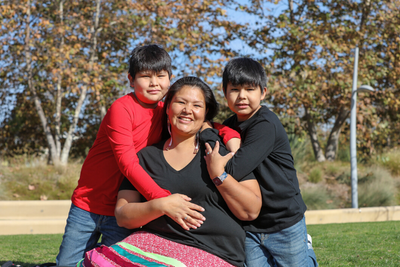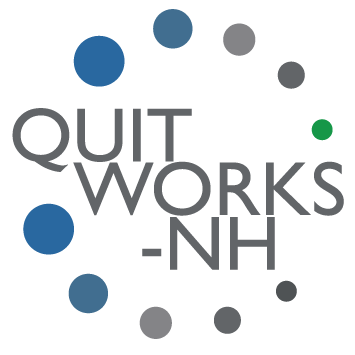Tobacco Use Treatment for American Indians and Alaskan Natives
More than 1 in 4 American Indian and Alaska Native (AI/AN) adults smoke cigarettes, 1.5 times greater than the national smoking rate. 6 out of the 10 leading causes of death among AI/AN have been linked to smoking. These numbers are not just statistics, they are your patients.

Traditional Tobacco vs. Commercial Tobacco
Traditional tobacco is grown or harvested and has been used by AI/AN for spiritual and medicinal purposes for generations. It is central to culture, spirituality, and healing. When used appropriately, traditional tobacco is not associated with addiction and adverse health impacts.
Commercial tobacco is not used for sacred or ceremonial purposes. Commercial tobacco companies use marketing and promotional strategies that misappropriate cultural imagery to target AI/AN, and have also used tactics like price reductions, giveaways, charitable contributions, and sponsorships to attract new customers from tribal communities. On average, AI/AN are more likely to smoke cigarettes than other racial or ethnic groups in the United States (U.S.).
AI/AN people, compared to the other racial and ethnic groups, have a higher risk of death and disease caused by using commercial tobacco products like cigarettes, smokeless tobacco, and cigars. Specifically:
- Cardiovascular disease, which can be caused by cigarette smoking, is the leading cause of death among AI/AN.
- Lung cancer, which can be caused by cigarette smoking and exposure to secondhand smoke, is the leading cause of cancer deaths among AI/AN.
- Diabetes is the fourth leading cause of death among AI/AN. The risk of developing type 2 diabetes is 30% to 40% higher for people who smoke than for people who don’t smoke.
This is partly because some AI/AN people are also less likely to be covered by legislation rules that reduce exposure to secondhand smoke.
Tribe-specific data documents smoking initiation beginning before age eight and regular smoking beginning during the tween and teen years.
Strategies for Healthcare Professionals
Although approximately 56% of AI/AN report wanting to quit using commercial tobacco, AI/AN people often run into barriers when trying to find and use tobacco treatment programs.
Healthcare professionals have the power to help their AI/AN patients quit smoking. To provide advice on how to quit, healthcare professionals should first routinely screen their patients for commercial tobacco use. In addition, providers should:
- Integrate clinical screening and treatment for commercial tobacco use in all healthcare settings and with all types of patients.
- Support AI/AN public health professionals in creating, selecting, and sharing tobacco prevention strategies, including strategies that work in tribal settings.
- Share health messages that are tailored to specific population groups, with input or guidance from those communities, for cultural relevance and message salience.
QuitNow-NH can assist all New Hampshire (NH) residents with quitting tobacco. NH healthcare providers should use QuitWorks-NH to refer their patients or encourage them to call 1-800-QUIT-NOW when they are ready to call themselves.
Additional Resources
CDC: American Indian and Alaska Native People
Refer Your Patients to a Quit Coach
Submit a Provider Web Referral or E-Referral through the EMR.
Choose the most convenient method for YOUR practice!
